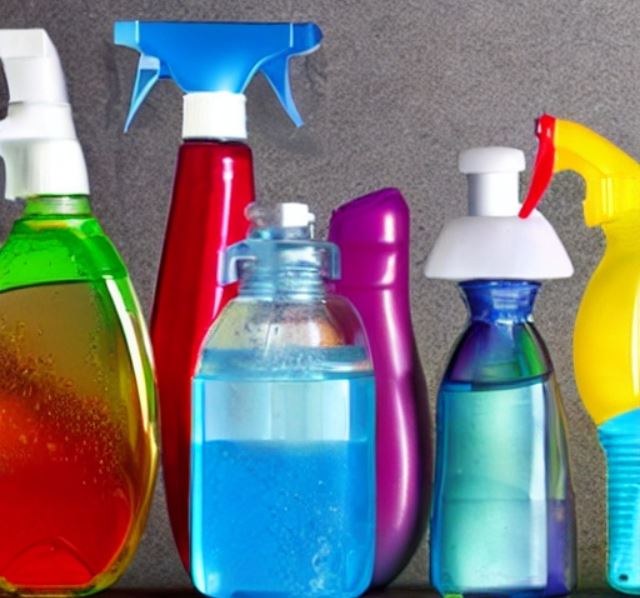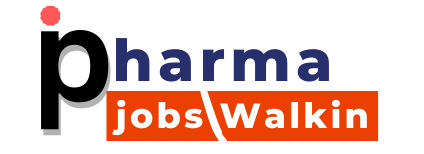Detergent and Cleaning agents usage in pharmaceuticals is a common thing, as it is required to produce a quality product in the end. Cleaning Agent Used For the Pharmaceutical Industry In order to ensure high-quality products, the pharmaceutical industry must use cleaning agents designed to sanitize and protect the equipment used. Although we use several types of cleaning products in everyday life, pharmaceutical companies use specialized cleaning agents such as nonionic detergents that are designed to uphold the quality of the product.

Several varieties of cleaning agents used by the pharmaceutical industry are selected depending on the situation and the level of cleaning required. Each sort of cleaning agent has unique qualities that are frequently depending on the detergent’s surfactant content.
Types of Detergents
- Anionic detergent
- Cationic detergent
- Amphoteric detergent
- Alkaline detergent
- Others
The above-mentioned detergents are all that are called ionic detergents, meaning that they contain free ions. Although helpful for cleaning, the free ions that are left behind on the surface may have adverse impacts on the materials’/product stability in addition to other downsides. For instance, if ionic detergents are used to clean glassware, the remaining ions may interfere with the analysis and affect the results. Nonionic detergents are used to clean apparatus utilized for the production of pharmaceutical drug products as a solution to this problem.
Ethylene oxide and alkylphenol are two examples of hydroxyl-containing compounds that react to create nonionic detergents. This reaction is exothermic, meaning it generates heat. The chemicals used, however, such as ethylene oxide, are toxic and unstable and must be synthesized using specialized equipment.
As the name suggests, nonionic detergents do not ionize when dissolved in water. Moreover, the detergent is made of both acidic and alkaline components and therefore remains at a neutral pH when dissolved in water. Finally, compared to ionic detergents like the cationic or anionic types, nonionic detergents often produce less foam when combined with water. Nonionic detergents are effective in removing oil from surfaces and are also easier to wash away from the cleaning equipment than ionic detergents. This reduces the possibility of contamination and prevents interference with analysis.
Nonionic detergents are generally packed in liquid forms for easy to apply.
Detergent and Cleaning agents Used For the Pharmaceutical Industry
Choosing a proper detergent is the primary issue of cleaning process development.
Detergents are used for the cleaning of the ground floor, and wall surfaces as well as pipes and equipment in the pharmaceutical industry. The development of cleaning processes is primarily concerned with selecting the appropriate detergents. For the pharma industry, there are various types of detergents, as listed below.
Organic Detergents
Organic detergent is used sometimes in the pharmaceutical industry. For instance, cleaning can be done with methanol during the production of small molecule APIs. During manual preparation, parts can also be cleaned with isopropanol.
Read Also: Procedure For Action Plan of Deviation
Alkaline Detergents
Alkaline washing frequently involves the use of alkali detergents. One viable method is sodium hydroxide solution, whose high alkalinity improves the solubility of wastes during the process of organic synthesis. Compared with other detergents, sodium hydroxide is easy to detect and easy to verify the removal. The high pH value of sodium hydroxide solution will act with ions such as calcium, magnesium, and iron during the cleaning process.
Cationic Detergents
Fabrics with anionic or nonionic surfactants absorb cationic detergents more strongly.
They serve as emulsifiers, bacteriostats, fabric softeners, and wetting agents. This kind of synthesized solution is a typical quaternary ammonium salt cleaner.
Anionic Detergents
The sodium salts of anionic detergents, including sodium lauryl sarcosinate, sodium lauryl sulphate, and sodium myreth sulphate, have a lipophilic hydrocarbon group that is an anion.
Water as Detergent
Water is usually used in preparing pre-rinsing, post-rinsing, and diluents in pharmaceutical equipment cleaning. However, if residues are readily soluble in water, water can also be employed as a detergent. The water used to make detergents should typically be at least as pure as the water used to make pharmaceutical products and the microbiological and endotoxin limits also should be considered when choosing water as a detergent.
for types of detergents, some factors such as cleaning time, the concentration of detergents, and temperature are also important for developing pharmaceutical equipment cleaning process development.
Final Conclusion:
Detergent and Cleaning agents usage is a very effective method to remove the unwanted materials that are stuck to the pharmaceutical machinery parts. Although it required trained personnel to use it effectively to maximize its effectiveness.
